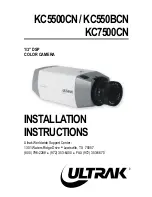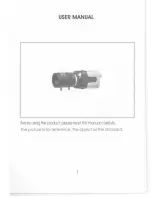
V1.02
Thom Hogan’s Complete Guide to the Nikon D300
Page 110
UDMA
One new twist in the D300’s CompactFlash support is that it
is one of the first cameras to support UDMA
42
(Ultra Direct
Memory Access). UDMA cards available as I write this can
sustain transfer speeds from 40MB/sec (266x) to 45MB/sec
(300x), which is about five times faster than a D200 could
transfer data. Even faster UDMA cards are being developed
(the current CompactFlash specifications have support for
133MB/sec maximum transfers).
Using UDMA cards in a D300 makes a tremendous difference
when you encounter buffer full conditions, as the time it takes
to write an image to the card and free a space in the buffer is
far less with a UDMA card than it is with older, non-UDMA
cards. Moreover, the faster write speed of a UDMA-capable
card means that the buffer fills slightly slower in the first
place, as images are cleared out of the buffer faster while
you’re shooting bursts of images (see “Buffer Sizes” on page
<107> and note the discussion on buffer efficiency).
You don’t
have
to use a UDMA card in the D300: the camera
will work with any of the previous generations of
CompactFlash cards. But there’s a clear performance
advantage to using UDMA cards in a D300. Consider getting
at least one UDMA card for use when you need optimal
buffer clearance (i.e. when you’re shooting at high continuous
speeds).
As I write this, only a few manufacturers offer UDMA cards:
• SanDisk Extreme IV
• Lexar
300x
• Delkin
UDMA
Pro
• Hoodman
280x
42
The D300 and D3 were the first. Canon’s 1DsIII, Olympus’ E3, and Sony’s Alpha
700 also support UDMA. It’s likely we’ll see many cameras support it in the future.
















































